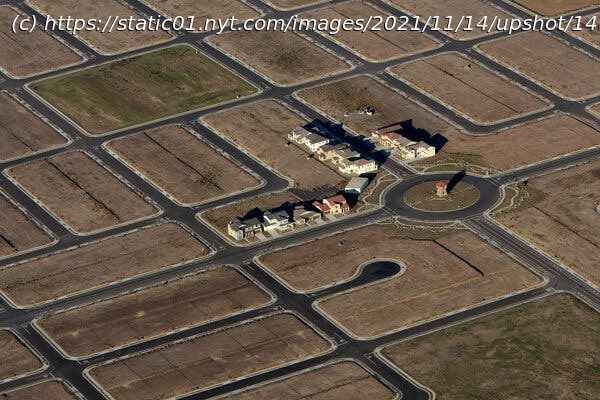A focus on the challenges of the Great Recession has fueled some of the challenges of this crisis.
It was the early 2010s. The global financial crisis had become the stuff of history books, and the recession it had caused was long over. But the United States economy was still haunted by a series of chronic, interrelated problems: too little spending by consumers and businesses; too few jobs; and too-low inflation. The result was an economy that functioned below its potential for years, with grave human costs. Last year, when the government sprang into action to respond to the economic crisis caused by the coronavirus pandemic, it was with these experiences in recent memory. Key policymakers in Congress, two presidential administrations and the Federal Reserve were determined to avoid repeating missteps that had prolonged the problems of a decade ago. The good news is they succeeded. The bad news is that it increasingly appears they were, in key respects, fighting the last war. Their focus on the challenges of the last crisis has fueled some of the challenges of this crisis. A decade ago, the government spent too little money to keep Americans’ incomes from plunging. This time, the government pushed enough cash into the economy that incomes rose above their prepandemic trend, and households have, on average, bolstered their savings. In that crisis, state and local governments, which didn’t get much in the way of bailouts, were a drag on the economy for years. This time, their bailouts are so expansive that many states are deciding what to do with record surpluses. Last time, that inadequate spending caused a chronic shortage of demand for goods and services, meaning there were more potential workers than jobs. Now, with strong demand fueled by government action, there are worker shortages and surging wages. After years in which the Federal Reserve focused on trying to stop inflation from falling persistently below its 2 percent target, inflation is now far above that target, around 6 percent. More broadly, the last economic crisis was about a glut of nearly everything — including manufacturing and shipping capacity. Now, the central challenge is about shortages and supply constraints that are causing high inflation and other frustrations. “We’ve had a one-two punch of very easy monetary policy and extraordinarily supportive fiscal policy to fight this demand shock,” said Michelle Meyer, head of U.S. economics at BofA Global Research. “The problem is we are now facing a supply shock.” In fairness to the people setting policy through the past two turbulent years, for the first months of the pandemic, the nature of the economic crisis seemed to have similar dimensions to the last one. When millions of people were losing their jobs and incomes were plunging in the spring of 2020, the central problem really was a collapse in aggregate demand and a potential deflationary spiral even more severe than the one in 2008 and 2009. The price of May 2020 oil futures, for example, actually turned negative briefly in April 2020, meaning someone with storage capacity could essentially be paid for taking oil. A wide range of commodity prices suggested sustained recession-caliber conditions.






